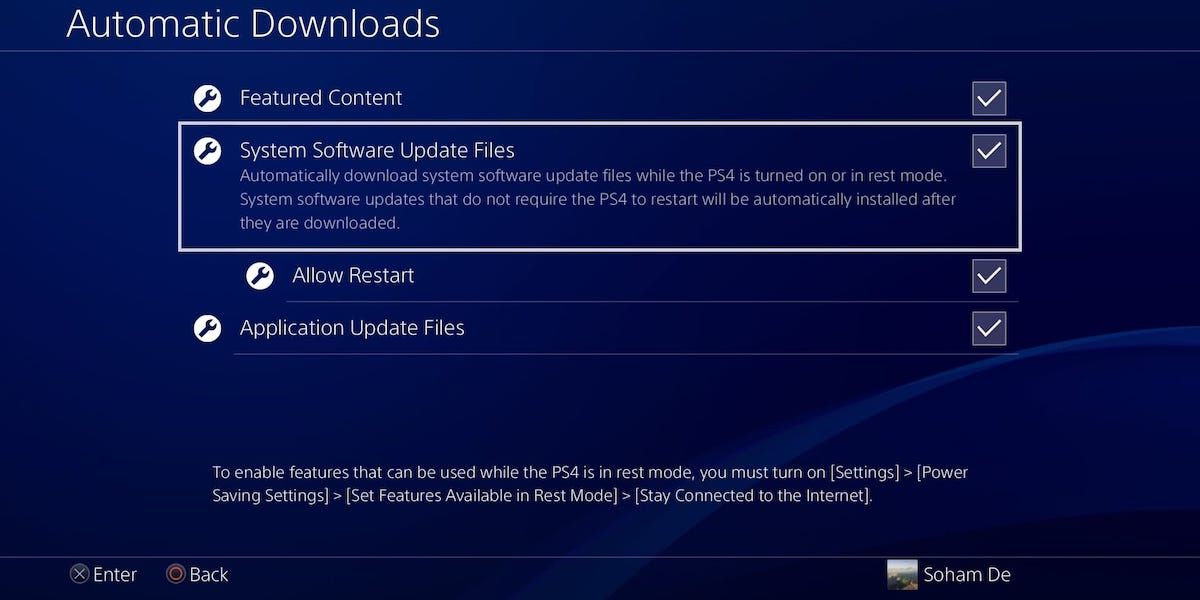A Weak Start Against Tough Competition
The Nintendo 3DS launched in 2011 facing intense competition from tablets and smartphones that were just starting to become mainstream. Initial enthusiasm for the 3DS was high, with many seeing it as Nintendo’s answer to the mobile gaming revolution. However, reports soon emerged of some users experiencing headaches and eyestrain from the console’s stereoscopic 3D visuals without glasses. While Nintendo maintained the effects were safe, this prompted some concern and likely contributed to the 3DS’s weaker than expected launch sales.

Price Cuts Provided Only Temporary Relief
In response to disappointing early sales, Nintendo slashed the 3DS’s price just 6 months after launch. This helped boost interest and provided some relief, but sales remained sluggish in the system’s first couple years. Tablets like the iPad were surging in popularity, offering a low-cost Color touchscreen gaming alternative that appealed to both core and casual players. Many wondered if the 3DS’s high price point and reports of health issues from 3D had permanently damaged its prospects in the mobile space now dominated by app-based touchscreen games.
A Strong Software Lineup Drove Lasting Interest
As its second year began, the 3DS lineup started to strengthen considerably thanks to key Nintendo franchises. The release of Pokémon X and Y in 2013 helped the 3DS find its footing, becoming two of the best selling games on the platform. The massively popular Monster Hunter series from Capcom also boosted hardware and software sales globally. In addition, the 3DS’s backward compatibility with the large DS game library gave buyers access to a massive selection of additional titles to play. This growing software ecosystem showed the potential for the platform.
A New Model Reinvigorated Momentum
In late 2014, Nintendo released the ‘New Nintendo 3DS’ - a smaller, more refined iteration of the original with improved processing power. While backwards compatible, this enhanced hardware version reinvigorated sales by addressing critiques of the launch model. Its addition of extra buttons and slightly larger screens improved the gameplay experience. Strong titles like Super Smash Bros also launched around this timeframe, generating buzz. The New 3DS line helped maintain interest in the platform as the shift to mobile continued apace.
Fulfilling a Unique Portable Gaming Niche
Despite the dominance of smartphones and tablets for casual play, the 3DS found success by fulfilling the need for dedicated portable on-the-go gaming experiences. Younger audiences in particular gravitated towards the 3DS as a self-contained gaming device optimized for their favorite games, without the distraction of other apps. Nintendo skillfully maintained a loyal user base by focusing on core franchises that mobile could not replace. While tablets impacted other console makers, the 3DS thrived by carving out a specialized area of the portable market.
Leveraging the Massive DS Install Base
The original DS was Nintendo’s best-selling home console ever with over 154 million units shipped worldwide. This huge install base gave the 3DS a massive potential customer base already familiar with Nintendo’s portable ecosystem. DS game compatibility allowed 3DS owners to enjoy the library of over 2,700 DS titles, greatly expanding the perceived value of early 3DS purchases. This backwards compatibility continued attracting new users years into the 3DS’s lifetime through word-of-mouth of its robust software selection.
Adapting to the Shift Towards Mobile Gaming
As the 2010s progressed, tablets and smartphones cemented their dominance as the primary gaming platforms for most consumers. However, the 3DS found success by serving the dedicated portable gaming niche that mobile could not replace. While smartphones absorbed many casual players, the 3DS thrived by appealing to core Nintendo and JRPG fans seeking deeper portable experiences. Its stylistic touch controls also avoided direct competition with phones’ tactile interfaces. Nintendo adjusted the 3DS’s messaging to focus on its advantages rather than view mobile as the enemy.
A Steady Build Towards Long-Term Profitability
Thanks to its growing library and install base, 3DS sales steadily increased year over year as it moved beyond its early troubles. By 2017, eight years after its launch, Nintendo had sold over 68 million 3DS units. This long tail of later sales helped the platform move into the black and earn an overall profit over its lifetime. Additional SKUs like the New Nintendo 2DS LL in 2017 extended this, keeping the 3DS supply chain active for multiple extra years. Steady sales growth demonstrated the system’s mainstream appeal as a go-to portable gaming device.
Conclusion: A Slow Burn Success Story
Despite initial struggles, the Nintendo 3DS proved to be a commercial success story. By focusing on its strength as a specialized gaming handheld rather than viewing mobile as competition, it found an audience that smartphone and tablets could not replace. Its massive library of first and third party games made it a consistently attractive option for dedicated portable gamers for many years. While its launch was bumpy, the 3DS demonstrated Nintendo’s ability to leverage strong franchises and software into steady sales gains over the long term in the face of industry shifts. With over 80 million units sold as of 2020, it stands as one of Nintendo’s most profitable platforms due to determined persistence through its “slow burn” period of growth.
 Ensuring Your PlayStation 4 Downloads Updates Automatically While in Rest Mode
Ensuring Your PlayStation 4 Downloads Updates Automatically While in Rest Mode